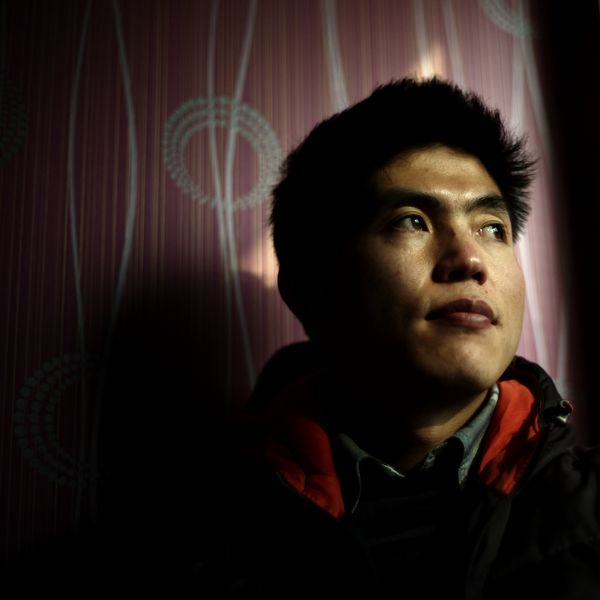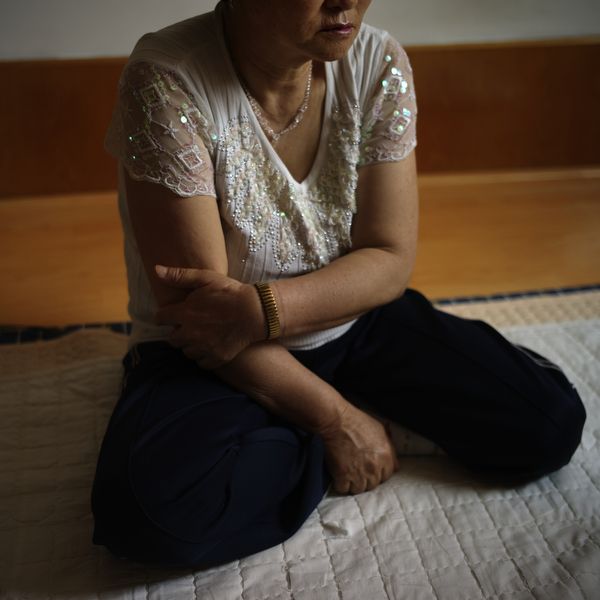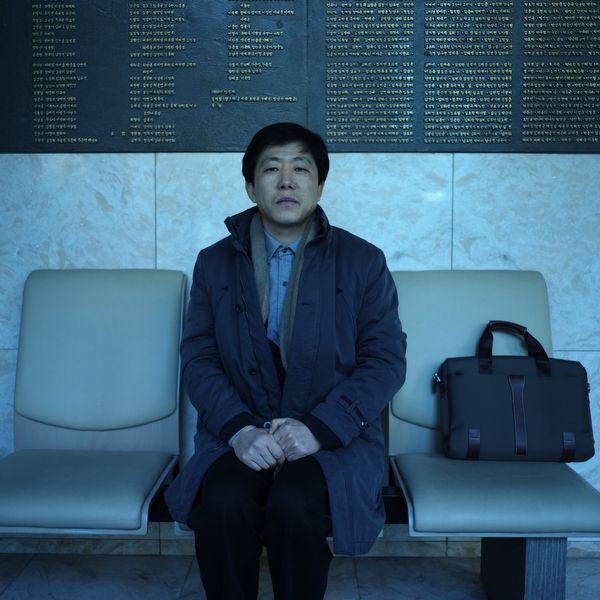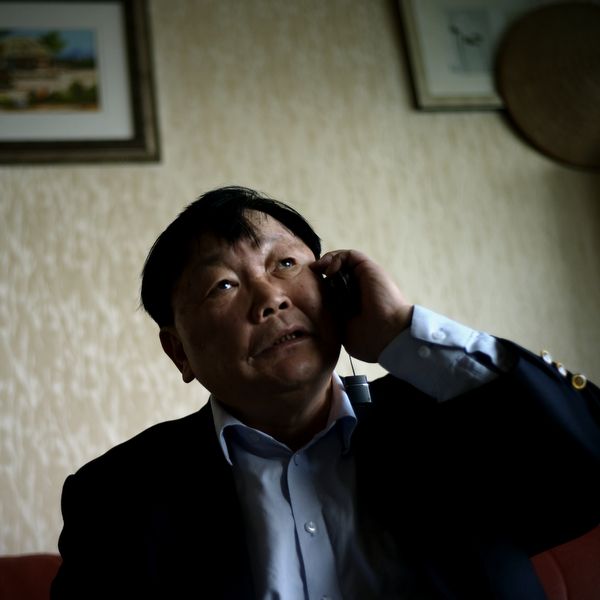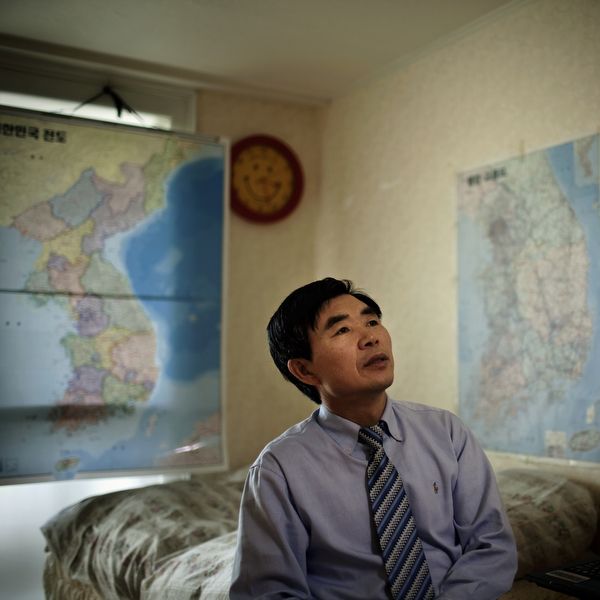May 19, 2015 | Pulitzer Center
By
Tomas van Houtryve
North Korean escapees are witnesses to the most closed and totalitarian society on earth. Most have endured extreme hunger and brutal treatment by state security forces. This series of escapee portraits was taken in South Korea and in secret safe houses in China. The names of some escapees have been changed for their protection.
Word document:
| Attachment | Size |
|---|---|
| 711 bytes |
